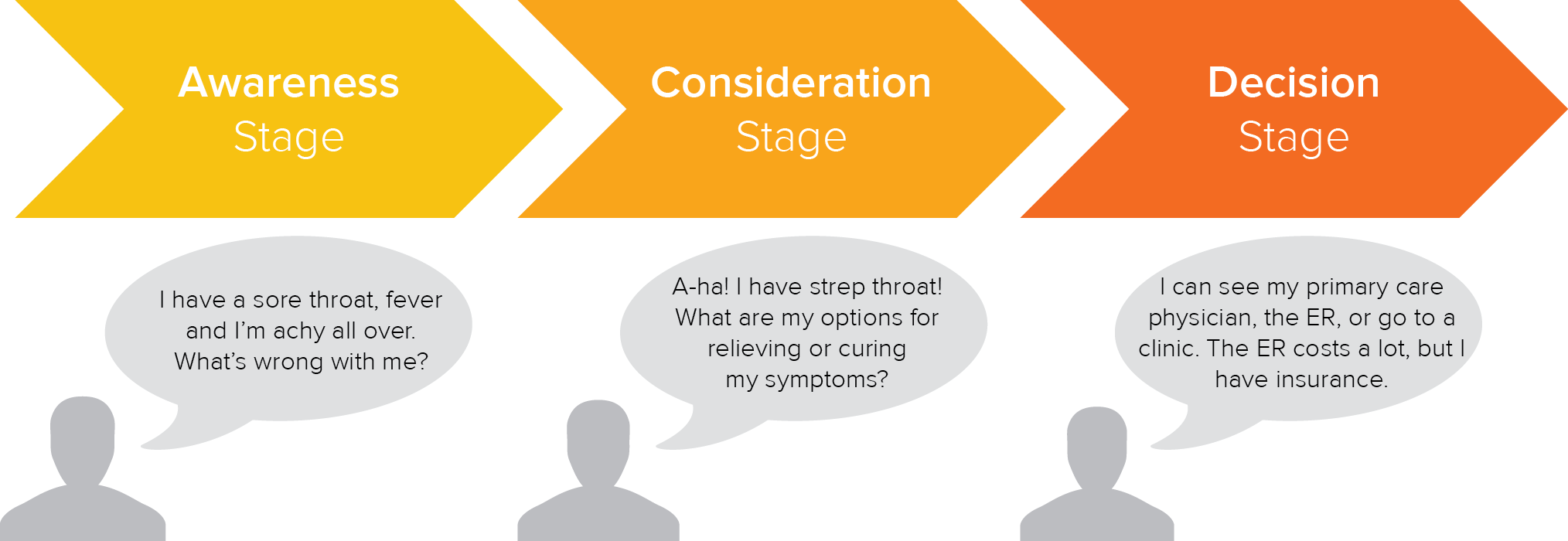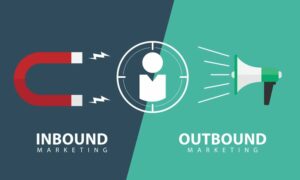In my early 20s, I was an assistant manager at Journey’s, the shoe store. Every couple of weeks, I would get a customer that would say that they just got a job at a restaurant and they were looking for shoes that they could wear in the restaurant’s kitchen – comfy shoes with a good grip on the bottom. This wasn’t that long ago, maybe 2007, but if I had to bet, I would bet against that conversation still happening within the walls of Journeys.
Today, it’s very unlikely that Journey’s customers are still doing research about what shoe to buy by the time they actually go to the store. If they’ve made it into a storefront, there is a 1 in 2 chance that they’ve researched your product on Amazon and a 1 in 3 chance that they’ve Googled your product. If the product you’re selling is considered a ‘big purchase’, then those numbers are even higher: 4 in 5 people start their research online before making a big purchase.
There’s a definite change in the way that people buy and, as marketers, we need to change the way that we market and sell products and services.
How Buyers Have Changed
- Buyers are smarter than we give them credit for.
- Your customers aren’t asking you for advice. They’re asking Google.
- People don’t want to deal with a salesperson until they have done sufficient research on their own.
The overarching takeaway is this – buyers want to be in charge of their own journey. While traditional, or outbound, marketing is focused on the company, Inbound Marketing is focused on the buyer. Outbound marketing is disruptive, expensive, inhuman and often immeasurable, inbound marketing is empowering, less expensive, human and ROI-focused.
There are three stages that each of your personas go through when they make a purchasing decision: Awareness, Consideration, and Decision.

In the image above, the Awareness stage begins the moment that a buyer realizes that they have a problem. The buyer will do research until they discover what their problem is and begin researching possible solutions – the Consideration stage. Once they have researched all possible solutions, they will decide on one solution and then begin researching specific products or services. At that point, they will enter into the Decision stage, where they are deciding between 2 or 3 service providers and getting ready to make a purchase decision.
How to Create a Buyer’s Journey for your Personas
Once you’ve created your personas, it’s important to understand their thought process as they go through as they move through each phase of the Buyer’s Journey. Conduct interviews with existing clients and prospects and try to do determine the following for each stage.
During the Awareness stage, you’ll want to learn:
- How your persona describes their challenge or pain point
- How your persona learns about new solutions within their industry
- What, if any, consequences may arise from inaction
- If there are any misconceptions that people in your persona’s industry have about the problem or available solutions
- How your persona prioritizes the problem that you are trying to solve compared to other challenges or pain points
During the Consideration stage, you’ll want to learn:
- What categories of solutions your persona finds most appealing (and why)
- How your persona educates him or herself on the different categories of solutions
- How your persona gauges the effectiveness of each potential solution
- Ultimately, what are the deciding factors in deciding which category of solution is right for their business
During the Decision stage, you’ll want to learn:
- What features are most important when identifying specific products or services
- What is it about your offering that your persona prefers over your competitors
- Who the decision makers are for this purchase decision
- Whether there is an expectation to get a trial of the product or service before purchasing
- What internal preparations might need to happen before your persona is ready to purchase
Once you have a clear understanding of the buyer’s journey for your persona, you are able to write content that speaks to a specific persona at a specific stage of their buyer’s journey. This gives your entire content marketing strategy a huge fuel injection, and allows you to provide the most value and gives you the best shot at turning leads into paying customers.





